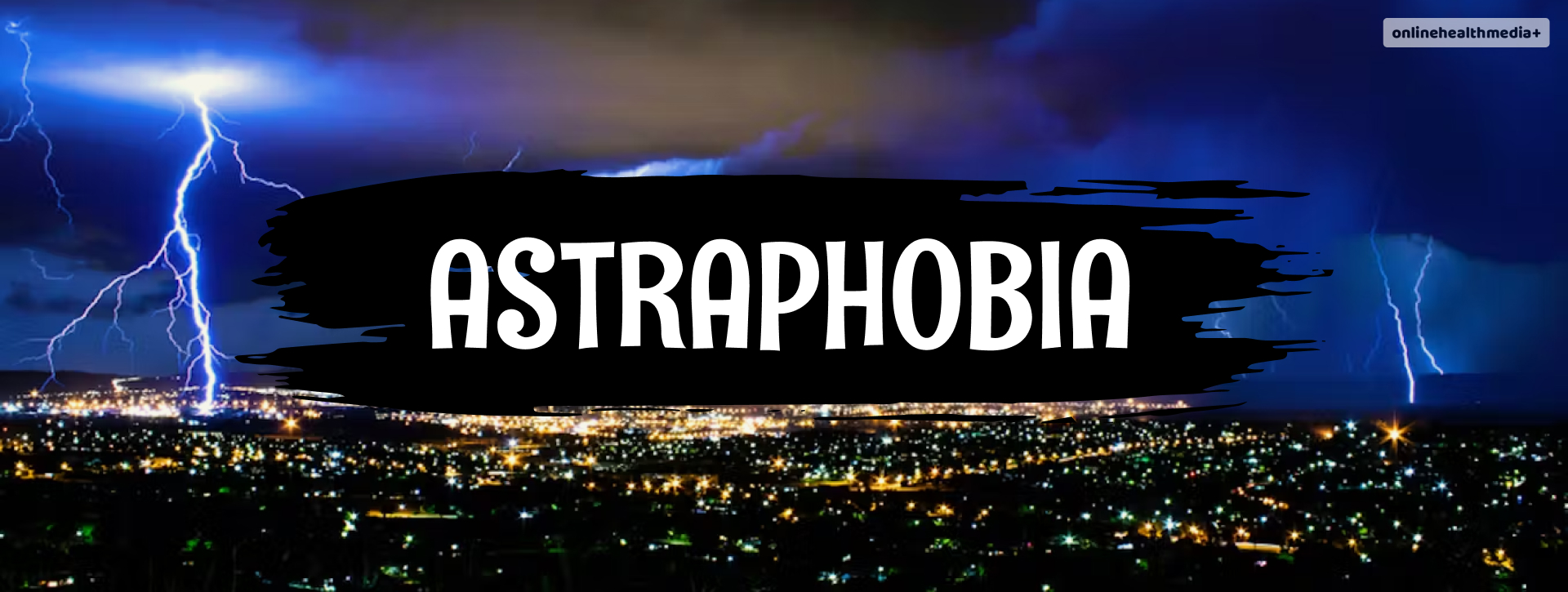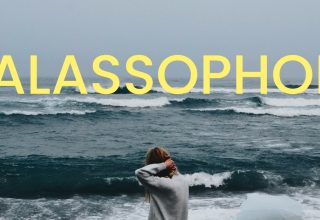Percy Jackson’s Worst Nightmare: Learn More About The Fear Of Lightning.
Despite his name being associated with “Lightning thief”, Percy Jackson was never the one who stole it! If you have read or even watched the movie, you have the knowledge that it was someone else. The truth was eventually revealed. However, it would be a completely different story if Percy also had Astraphobia! On top of everything else, the title would have to be different- The boy who was scared of lightning!
The fear of lightning or thunderstorms is a common observation in children. However, it is also characterized as an anxiety disorder in adults.
I hear thunder, I hear thunder,
Oh, don’t you? Oh, don’t you?…
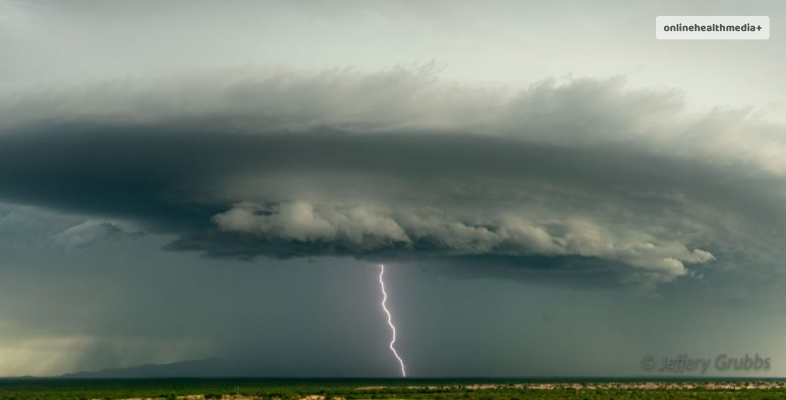
If you remember this poem or have a kid at home who is always listening to this, you will know that mostly children are scared of these natural phenomena. However, there is nothing serious about this fear as it usually fades away as the child is growing up. The development of this fear to astraphobia occurs when it is persistent and there are no As a parent you might need to look for the signs and symptoms that will be shortly described.
When this fear of lightning, thunderstorms or both, is carried well into adulthood is when you should be concerned. Despite the occurrence of such storms or lightning and thunder being few in number, it is still scary.
Let us dive right into the causes, symptoms and other necessary facts that you need to know.
Contents
Astraphobia 101
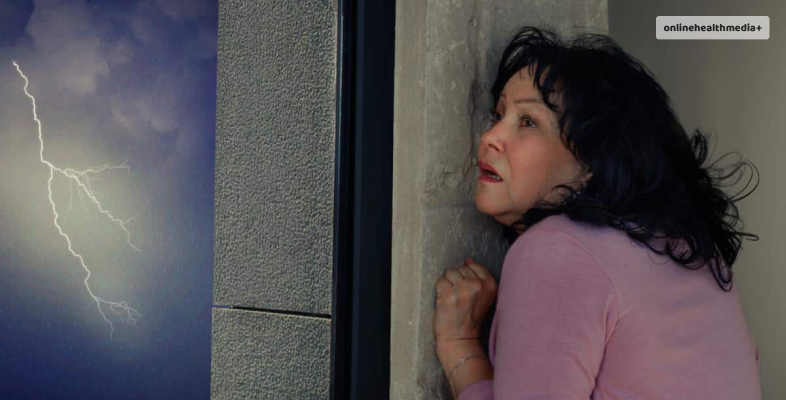
When the childhood fear of lightning or storms in general grows unhealthily and persistently, it is an area of concern. As per the experts, it is a clear sign of the issue being more serious than something a child may grow out of.
The word Astraphobia has Greek origins where Astrape means lightning and phobos denotes fear. When I was a child, I used to be scared of thunder which is natural for children. However, while watching my favorite cartoon, I saw an episode where they depicted thunder as two characters from the show playing bowling!
That episode single-handedly made my fear of thunder go away, because I started associating it with someone bowling up in the sky!
It was an important part of my childhood, where I practically avoided developing an intense fear associated with thunder.
Unfortunately, some children or young adults may have faced a serious situation where something traumatizing involving lightning or thunderstorms changed their perspective of the natural phenomena.
Fear Of Storms: Causes
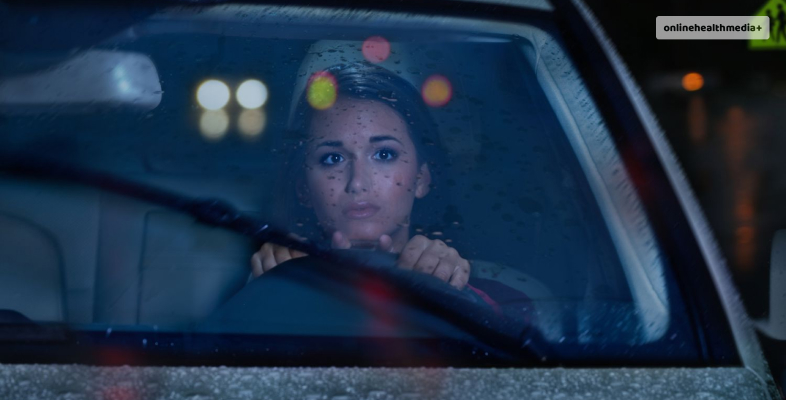
There isn’t a specific cause that can be associated with the phobia. However, scientists and researchers unanimously agree that it has to do with their experience of something severe at an early age or at an impressionable age.
The impact of such an event can be deep, leaving a permanent impact on their conscience and developing mind. Similarly, there are also cases where scientists have noted no reason to back up the irrational fear of lightning or thunder and storms.
At a psychological level, the cause of the phobia can be a
- Biological or psychological response to the stimulus (lightning, storms or thunder),
- Negative events associated with the stimulus,
- Unsupportive environment,
- Traumatic incident involving the stimulus.
Signs And Symptoms

Usually children inch towards their parents, guardian or siblings for support when there is a thunderstorm outside or its lightning. However, for children who are not able to communicate well through verbal or non-verbal cues, the following list is more important. Specific symptoms and signs to look out for in children will be labeled respectively.
The following list provides the common symptoms that are observed:
- Panicking
- Profuse sweating
- Increasing heartbeat
- Shortness of breath
- Fainting
- Dizziness
- Nausea
- Vomiting
- Uncontrollable shaking- specifically observed in children.
- Chest pain
Mostly in adults or children with astraphobia, it’s quite natural to observe the symptoms at an elevated level. Moreover, it is common to observe the following:
- Choosing to stay alone
- Confining themselves to one spot throughout the storm
- Staying unusually quiet due to the stimulus
These signs are particularly helpful if you are around an individual, irrespective of their age, who cannot communicate their feelings well. This can lead to difficulties such as
- Panic attack not being detected in time.
- The person takes longer to come back to their “normal” state.
When these happen, it is important to make sure that someone is always present by the affected individual’s side. This helps them recover from the fear quickly.
Diagnosis
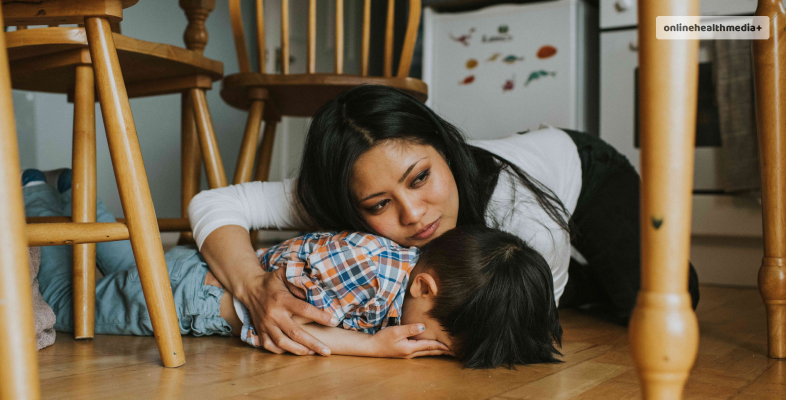
A healthcare provider is the best person to diagnose a serious condition, even one that is seasonal. Self-diagnosing is not a great way to treat an overwhelming condition that can leave you stressed. The diagnosis of this phobia can be pursued through the healthcare provider asking you the following:
- Overwhelming fear existing for more than six months,
- Avoiding thunder or lightning,
- Extreme panic when stimulus presents,
- Distressing over a forecast of thunderstorm,
- Panic that interferes with your daily activity – despite knowing you are safe.
After the condition’s diagnosis, the professional can proceed with the treatment. To ensure that you or your child/person in care is made competent to deal with the issue.
Additionally, using the criteria by the Diagnostic and Statistical Manual of Mental Disorders (DSM-5) also helps with diagnosis.
Managing And Treatment

The management and treatment of the condition depends on the severity of the phobia. However, the difference is in the duration of a therapy (for treatment) or the continuity of a management workshop that you may be recommended.
The following steps help manage the phobia:
- Creating a storm or lightning routine that can allow you or your child to remain calm throughout its occurrence.
- This can include going for a nap, listening to calming music, creating a “comfort place” for yourself.
- Keeping an eye on the weather forecast
- If you are a parent or guardian of a child with astraphobia, try to soothe the child while remaining calm- it is a great way to help them overcome it.
- Presenting a distraction also helps in overcoming the phobia
The following options are available as treatment:
- Cognitive behavioral therapy is a suitable treatment option for an adult,
- A mental health professional is able to teach individuals soothing techniques they can follow,
- Visualization exercises are also helpful in calming the fear,
- Prescription medicine such as SSRIs- or serotonin selective reuptake inhibitors.
The aim of treatments or management options is to ensure that the fear is manageable for the person experiencing it. This requires the support of family, guardians or partners.
Conclusion
This was all based on the phobia of rain, storm or lightning. Astraphobia may also be of all three phenomena with the addition of thunder. The management of the condition is successful in reducing the impact of the stimulus on both children and adults. However, patience along with the right method of consoling can get this done.
Also Read
- Fear Of Large Objects: Causes, Symptoms And How to Cope With Megalophobia.
- Fear Of Insects: Facts, Causes, Symptoms And More About Entomophobia.
- Fear Of The Ocean: Causes, Symptoms, Complications And Treatment.
